A Guinea Pig Hutch
You'll need to make some initial purchases before bringing guinea pigs home. The main outlay will be the purchase of a hutch. You can opt for traditional wooden one, which is at the cheaper end of the scale, but bear in mind that this will need to be replaced every three or four years due to wear and tear. Or you could go for a modern hutch such as the Eglu Go Guinea Pig Hutch.
Guinea pigs have an instinctive need to run around and explore, so you’ll need a guinea pig run as well - these will either be included with the hutch (which is the case with the Eglu Go Guinea Pig Hutch), or bought separately. Omlet has a range of run options.
Whichever set-up you choose, it should not have a mesh floor, as guinea pigs have small, delicate feet that can be damaged by the mesh. They need a solid floor to walk on. The enclosure will also need a dark and a light area, and some fresh air. Have a look at our hutch and run section for tips and advice to help ensure you make the right purchase for you and your pets.
The Right Temperature For Guinea Pigs
Very conveniently, guinea pigs like the same kind of temperatures as humans. This fact helps you make the right call on whether or not to keep a hutch outside at certain times of the year. Guinea pigs don't like too much noise and fuss, so a relatively sheltered, quiet spot is what you're looking for.
As long as the GPs have an extra helping of hay and bedding and plenty of food, they can be kept outside for much of the time. But in very cold or damp conditions - or if you live in Alaska - you'll need a warmer spot indoors, possibly in a heated shed. Guinea pigs don’t cope very well with severe temperature changes, so when bringing them in or taking them out, bear that in mind. Moving them from a centrally-heated room to near-freezing outdoors will be a nasty shock to their systems, and could easily lead to heath problems.
In the hottest months, the guinea pigs will need to somewhere cool to escape the heat. Unlike humans, they cannot sweat, so they can easily overheat during warm weather. Remember: if it feels hot to you, it feels hot to the guinea pigs. Make sure there's some shade for the GPs, and if they're indoors, keep them away from direct sunlight and greenhouse-like conservatories, preferably in a spot near an open window.
Guinea Pig Bedding And Food
The guinea pigs' sleeping area needs to have some form of lining, such as non-toxic paper, spread over the floor. On top of this, you need plenty of bedding - either bought from a pet store, or made up of fresh, clean hay. Avoid straw, as this is too coarse for a guinea pig and can injure their eyes. They will snuggle down in the hay, and nibble it too. They do, in fact, eat a lot of the hay, so you always need plenty of it in stock. It's a great food for a guinea pig, and a very good insulator too. Add to this the fact that it's absorbent, and you can see why hay is the ideal GP bedding material.
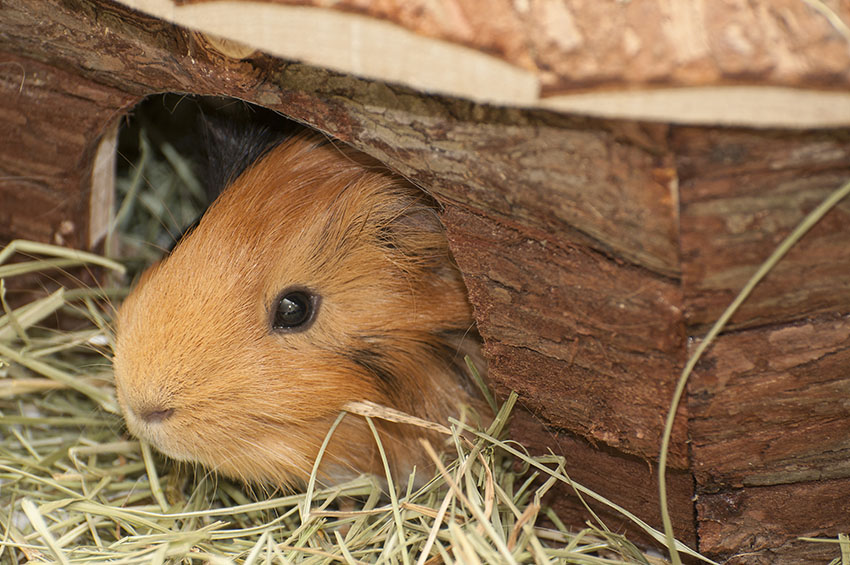
Guinea pigs love hay
Once you’ve sorted out the bedding and placed the guinea pig enclosure in a perfect spot, you need to add the food and water. You’ll need a special guinea pig drinking bottle, which will be fixed to the side of the hutch or run. The water quickly becomes soiled with food from the guinea pigs’ mouths, so keeping it on the side of the hutch ensures that you can access it easily for regular cleaning.
The guinea pigs' food bowls - one for the dry stuff, one for the fresh fruit and veg - should be fairly heavy to prevent them from tipping up. Large bowls are best, as the GPs enjoy climbing in amongst the food as they eat! Check out the Feeding Guinea Pigs section of this Guide for detailed info on guinea pigs' diets.
Guinea Pig Carry Cases
Guinea pig carry cases can be bought from pet stores. A store or breeder will usually offer you a box for transporting the guinea pigs home, as will a pet sanctuary. If they don’t, you'll need to prepare a small box with a relatively low lid and air holes, and a firm base that won’t rip during the journey. However, it's a good investment to buy a carry case, as you may need it for future trips to the vet, or to pick up additions to your guinea pig tribe.
Guinea Pig Medical And Grooming Equipment
It’s good forward planning to stock up on the basic equipment and products that help keep your guinea pig in good shape. A basic med kit should include mange treatments, anti-mite shampoos, and guinea pig shampoos. Nail clippers and a wide-toothed comb are the basic grooming tools. You'll probably want to add to this as time goes by, but these basics will be sufficient for the first few weeks.
Check out our Guinea Pig Health section for detailed information on GP health and grooming.

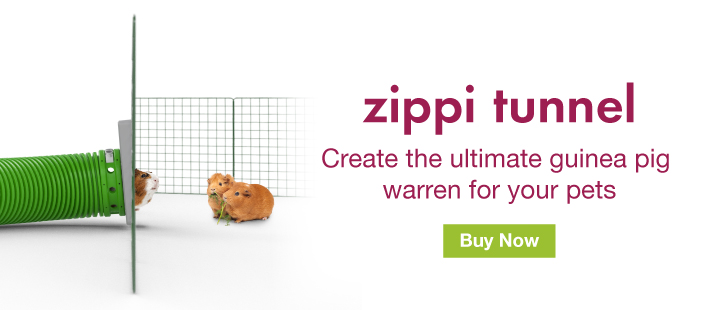


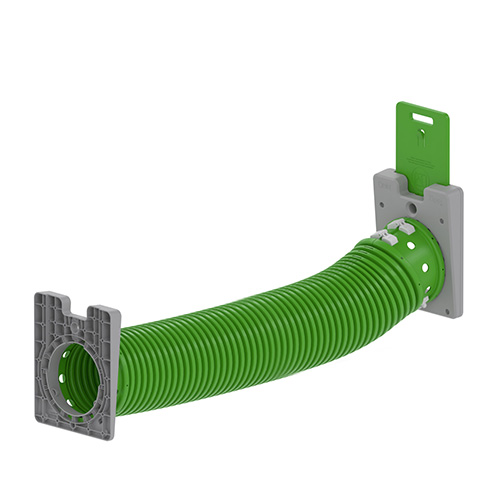
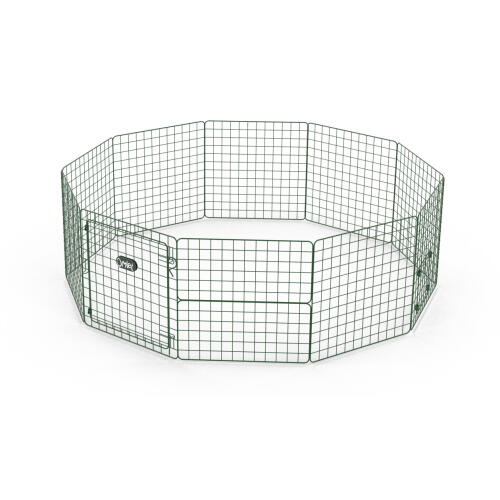
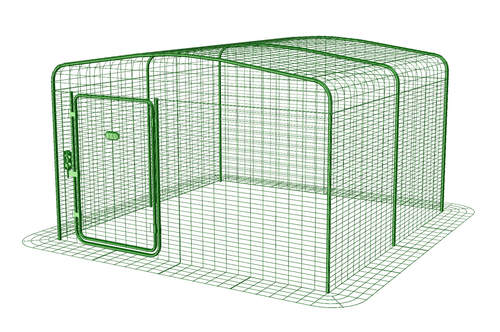
Comments
There are no comments just yet